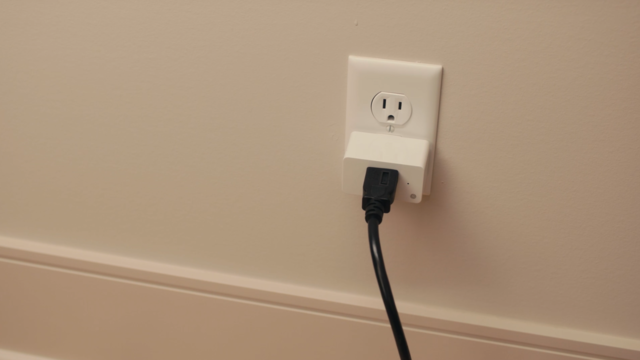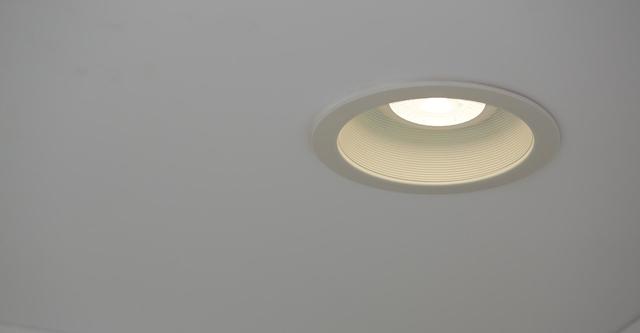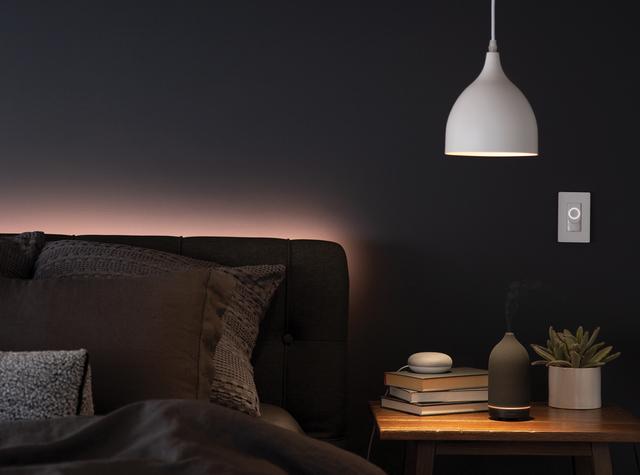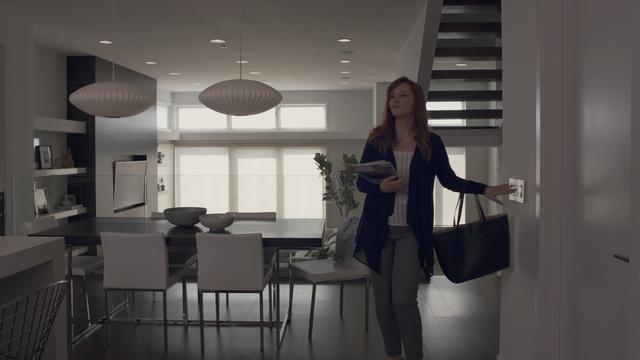Looking to add extra flair to your home’s lighting design? It can feel overwhelming to navigate endless options while also trying to coordinate style and function. However, we’re here with an informative light bulb size guide that will help you make the right choice.
To start, let’s learn how to identify different light bulbs. Every type has unique characteristics represented by a letter, or series of letters, and a number, referred to as light bulb codes. These codes are located on the packaging and will help you determine if the bulb is the right type for your fixture.
How do I know the size of my light bulb?
Light bulbs are identified using a code similar to the code used for the bulb, so identifying the size of a light bulb is simple. The letters in a bulb code indicate its shape and special features such as reflector type. The numbers of the bulb indicate its size, which is based on its diameter at its widest point, measured in eighths of an inch (⅛”). For example: An A19 bulb indicates that the bulb comes in a standard household shape (code A), and the ‘19’ indicates that the bulb is 19/8ths inches in size. Similarly, A15 bulbs are smaller than A19 bulbs, though both fit in the standard household light bulb base (E26).
The most common light bulb shapes include:
- A for Standard Household/Arbitrary
- C for Candle
- R for Reflector
- MR for Multifaceted Reflector or Quartz Reflector Lamp
- PAR for Parabolic Aluminized Reflector
- G for Globe
- T for Tubular
Light bulb bases also come in a variety of sizes. They are identified by light bulb base codes, with the letter denoting the shape of the base and the number denoting the size. If you find yourself unsure of your bulb’s base compatibility, consult a store associate for advice in finding the best fit.
The most common light bulb base sizes include:
- Standard-Medium, a regular sized screw in base: E26 or E27
- Candelabra, a smaller screw in base: E12
- Intermediate: E17
- Bi-pin, a pin-in base with two points of contact: G4 or GU24
- Twist-And-Lock base: GU10
Light bulb types
There are four prominent light bulb types: light-emitting diode (LED), compact fluorescent (CFL), incandescent, and halogen. For a helpful quick-select tool, check out our light bulb size chart! Now, let’s explore the light bulb types and codes you are most likely to see.
Type A Light Bulbs: A15, A19, A21, A25
Bulbs within the A group are widely used when it comes to standard household lighting. They work well in various household fixtures, hall lighting, ceiling fans, and more. They’re typically compatible with medium screw bases (E26 and E27) or the candelabra base (E12). You are most likely to see the A19, which is the standard light bulb size. However, traditional incandescent A19s are more commonly being replaced with LED bulbs due to their improved energy efficiency.
Type B and C Light Bulbs: B10, C7, C9, C15, CA10
Type B and C bulbs are longer and have a tip at the end of the bulb, resembling a candle flame. They are therefore often referred to as candle bulbs, and are typically used in decorative lighting such as chandeliers, pendants wall sconces, accent or pendant lights, and other decorative fixtures. Like bulbs in the A group, their most common base types are the E26 and E27 medium screw in bases, the E12 candelabra base, as well as the E17 base.
Type BR Light Bulbs: BR20/R20, BR30, BR40
Bulbs in the R and BR group include reflectors and bulged reflectors, respectively. While not as common as the A19, you’re still quite likely to see these bulbs in the home as outdoor floodlights or in recessed lighting. The most common are the BR30 and R20 bulbs, and they typically connect with the E26 or E27 bases.
Type PAR Light Bulbs: PAR16, PAR20, PAR30, PAR36, PAR38
PAR group bulbs are typically used as outdoor lighting, like BR lights. PAR, parabolic aluminized reflector, are typically higher wattage bulbs which can provide a lot of light. The major difference between PAR and BR lights lies in their focus—BR lights provide a wider wash, while PAR lights can offer more focused beams. The most common base types include the E26 and E27, as well as the G53 screw pin base.
Type MR Light Bulbs: MR11, MR16
In the MR group, bulbs emit a concentrated beam of directionally focused light and can come in wide varieties of colors. Because of this, multifaceted reflectors are popularly used in track lights, recessed lights, desks, and display cases. They usually use low voltage wiring systems, making them an excellent choice for landscaping applications like path and driveway lighting, gazebo lights, and paver lights. Of this group, you’ll most likely see the MR16 in indoor settings due to their sleek style and spotlighting capabilities. The most common base types for MR bulbs within low-voltage AC/DC systems is the GX5.3 bi-pin or GZ4 bi-pin, and the GU10 bi-pin for 120-volt systems.
Type LFL and T Light Bulbs: T: T7, T8, T10, T12, T14; LFL: T5, T8, T12
T and LFL group lights, refer to tubular and linear fluorescent lights, respectively, and include specialty and vintage lights. Fluorescent light bulbs come in a range of sizes. They are part of the T and LFL group of bulbs, and have two dimensions: length and diameter. The fluorescent tube type is established by its diameter, with a T8 bulb having a one inch (8/8 inch) diameter, a T5 having a 5/8 inch diameter, and a T12 being a 12/8 inch (1.5 inch) in diameter. All of these fluorescent tube lights are available in different lengths and wattages.
You are likely to see the T8 or T12 in a laundry room, kitchen, or garage. They commonly have magnetic or electronic ballasts, which help limit the amount of current in an electrical circuit. Typically, these are fluorescent and use very little energy, offering optimal brightness with a crisp, white glow lasting up to 20,000 hours. However, hybrid LED light bulb replacements have recently become more popular due to their increased efficiency. T group lights most commonly connect with E26 and E27 medium screw bases, E12 candelabra bases, E17 bases, BA15D bayonet bases, or the G13 bi-pin base.
Type G Light Bulbs: G11, G14, G16/G50, G60, G25, G80, G30
Lastly, G group, or globe lights, are commonly used for aesthetic purposes. You may recognize the G30 as lighting for bathroom vanities. They’re commonly found in vintage-styles, which are identified by an antique-looking filament in the center and can add flair to any fixture. Dramatic or vintage globe bulbs are ideal for custom lighting designs in the den or dining room. G group lights most commonly connect with E26 and E27 medium screw bases and E12 candelabra bases.
What Type of Bulb Gives the Best Light?
LED light bulbs emit the most light, which means they have the highest number of lumens, using less energy than other types of bulbs, such as incandescent light bulbs.
Congrats! We’re excited to say you’re ready to make the best lighting choice for your home. If you have additional questions, don’t hesitate to ask a store associate for more information. Or contact our customer service for more helpful lighting tips and inspiration.






